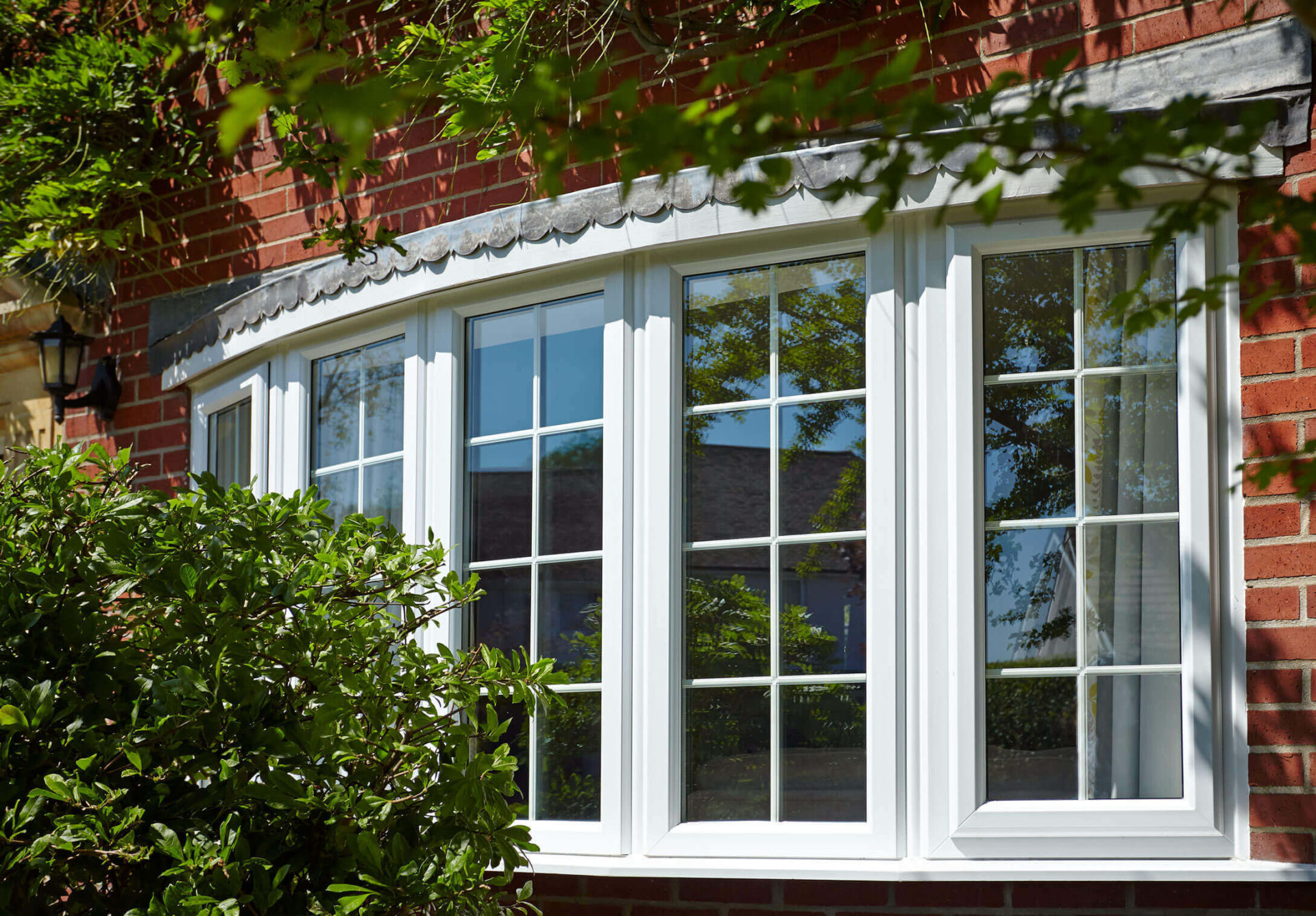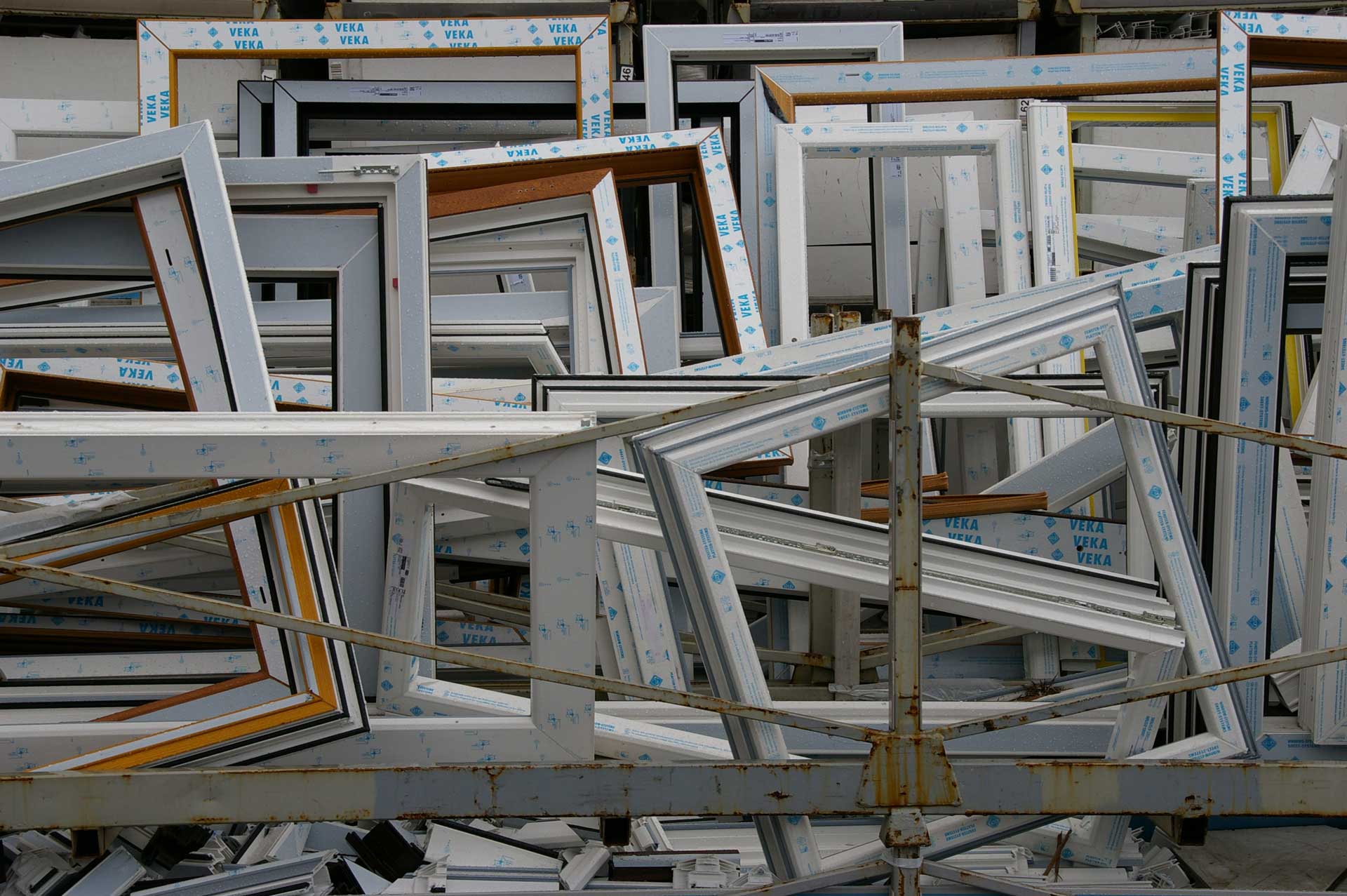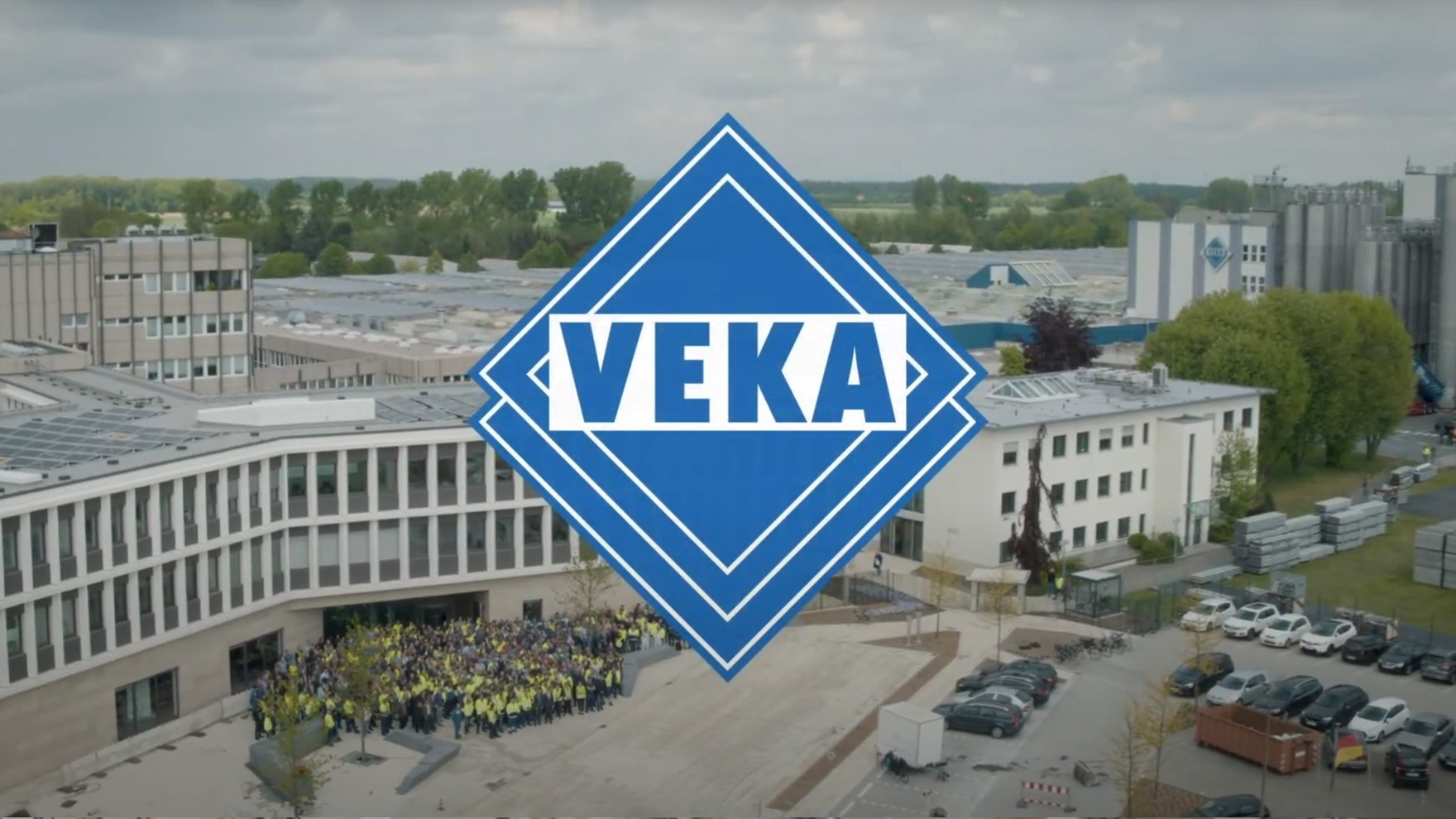Author: Ross Parker
-

Why Recycling Your Old Windows & Doors Matters for the Planet
When homeowners replace or renovate windows and doors, the old units often end up in general waste streams, despite containing valuable materials—glass, uPVC, aluminum, timber, metal hardware—that can be recycled or repurposed. Recycling these components not only diverts waste from landfill but conserves resources, reduces greenhouse gas emissions, and supports a circular economy. Construction Waste…
-

Double vs Triple Glazing: Which Is Right for Your Home?
Compare U‑values, costs and recycling potential to decide whether double or triple glazing delivers the best ROI—plus how to claim £2,500 back. Efficiency Face‑Off Double glazing already halves heat loss compared to single glazing, but triple glazing cuts another 30 – 50 %. Key Comparison Points Thermal Performance – Most A‑rated double‑glazed units hit 1.4 W/m²K; modern triple can…
-

Five Reasons to Replace Your Old Windows and Doors in 2025
Energy savings, security, comfort—discover the top benefits of upgrading and how our £2,500 recycling rebate sweetens the deal. Introduction If your windows or doors are over two decades old, they could be costing you hundreds of pounds in wasted energy and leaving your home vulnerable. Here are five evidence‑backed reasons to schedule that upgrade now.…
-

How Window & Door Recycling Works: From Removal to Rebirth
Learn the full window and door recycling journey—collection, crushing, remoulding—and discover how it can earn you up to £2,500 off replacements. Introduction More than one million PVC‑U window frames are recycled in the UK every year, keeping some 25,000 tonnes of plastic out of landfill. Yet many homeowners still wonder where their old frames actually go. This…
-

GGF Expands uPVC & Aluminium Recycling Scheme—Here’s How to Turn Old Frames into £2,500 Cash Back
Glass & Glazing Federation extends free frame collection UK‑wide, boosting homeowner rebates on replacement windows and doors. Intro The Glass & Glazing Federation (GGF) quietly widened its free uPVC Recycling Scheme this week to include aluminium frames nationwide. The roll‑out, confirmed via GGF’s sustainability blog on 29 May 2025, means 1,600 member installers can now book cradle‑to‑cradle…
-

Saint‑Gobain Glass and VEKA Recycling’s New Alliance: Why Your Old Windows Could Be Worth £2,500
Saint‑Gobain and VEKA streamline whole‑frame recycling—unlocking faster lead times and our £2,500 trade‑in on replacement windows and doors. Intro Published on 2 June 2025, Saint‑Gobain Glass confirmed a landmark partnership with VEKA Recycling that allows entire glazed PVC‑U windows and doors—including the glass—to be collected, shredded and re‑manufactured without the painstaking de‑glazing step. Industry insiders are calling…